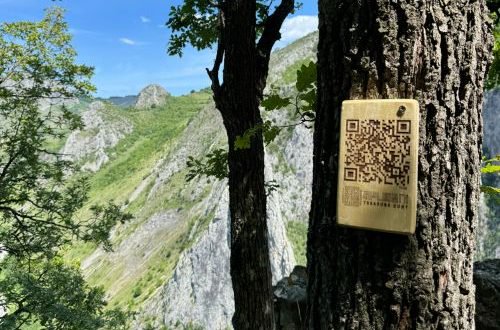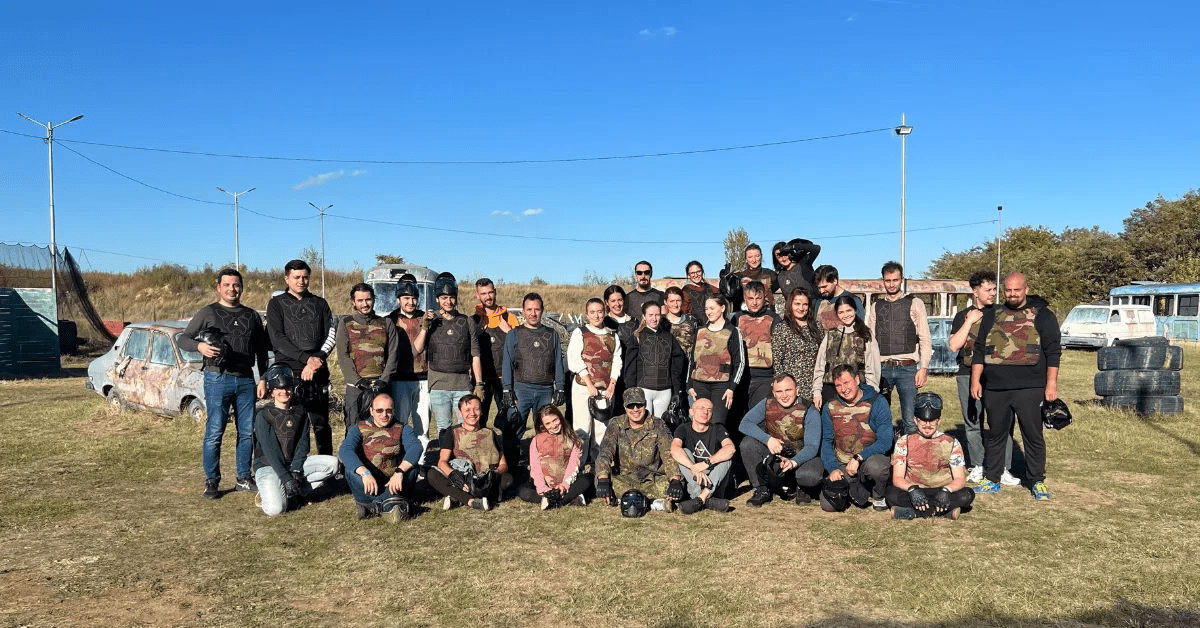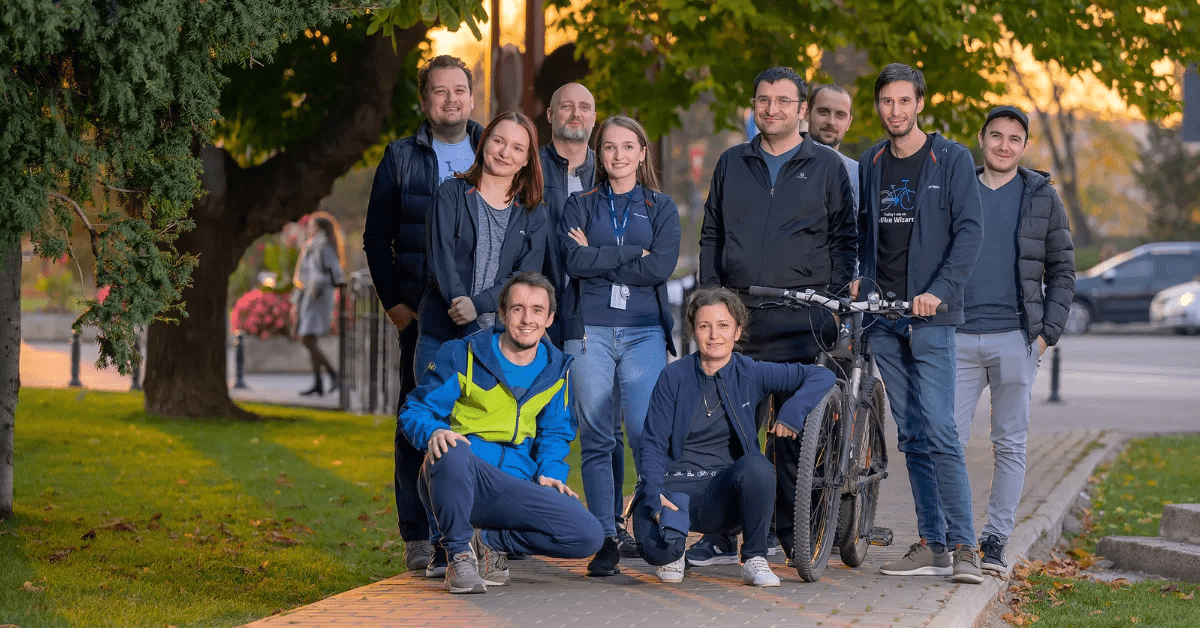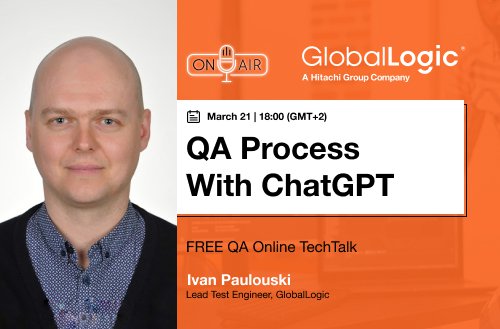- Services
Technology Capabilities
Technology Capabilities- Product Strategy & Experience DesignDefine software-driven value chains, create purposeful interactions, and develop new segments and offerings
- Digital Business TransformationAdvance your digital transformation journey.
- Intelligence EngineeringCreate high-value products faster with AI-powered and human-driven
- Software Product EngineeringCreate high-value products faster with AI-powered and human-driven engineering.
- Technology ModernizationTackle technology modernization with approaches that reduce risk and maximize impact.
- Embedded Engineering & IT/OT TransformationDevelop embedded software and hardware. Build IoT and IT/OT solutions.
- Industries
- GlobalLogic VelocityAI
- Insights
White PapersSeptember 17, 2024Diana SocaciuElevating Romanian Tourism with GlobalLogic: Apuseni App
The innovative banking apps, such as the one we'll explore in this case study, succeed ...
 Case StudiesGlobalLogic
Case StudiesGlobalLogicFrom Legacy to Leading-edge: A Global Software Leader’s ...
Discover how GlobalLogic’s AI-powered solutions helped a global software leader migrate...

- About
Ioana Bejan, on Pursuing Excellence as a Business Analyst
Today, we invite you to meet our new guest, Ioana Bejan, Business Analyst. Explore with us Ioana’s story and discover how computers impacted her life since she was a second-grade student.
Get a glimpse of #BehindTheCode. Read about Ioana’s professional career journey, the banking project she is currently working on, and her lifelong passion for technology.
Hello Ioana, we are happy to have you as our guest. Please tell us a bit about yourself.
I was one of the lucky kids born in the small city of Pașcani, a little bit north of the big city of Iași. Thanks to my father being one of the first-generation developers, I have had access to programming since the second grade. I first owned an HC 85, and then transitioned to floppy disks. The HC 85 should ring a bell to those who remember the nostalgic relics that had the audio tape games connected to a high-jack TV.
Since I was a very dynamic kid, this world of computing helped me focus on activities and had a profound impact on my academic performance. It inspired me to pursue Informatics in high school and Economic Info in college. This choice had a strong impact on my career, helping me read and interpret code.
In programming, this skill means being able to anticipate necessary changes readily and identify the source of bugs quickly. Consequently, the role of Business Analysis was an ideal fit for me, and that’s where I find myself today.
What about your early days with the company? How has your career evolved from the beginning to where you are now?
While looking for a career change, I spotted the company’s logo on top of the Moldova Center building from a tram. It was the only blue one and caught my attention. The red dot was broken. I saw an analysis opportunity requiring a written project interview and considered it challenging.
I started working in the company 6 years ago, in autumn. My initial project had the most profound impact, as it involved reworking all the knowledge I had previously gathered. It was like refactoring a codebase that had undergone a prolonged phase of rapid implementation without any prior cleanup. Many thanks to my first project’s mentor for all his involvement. This happened because he saw a spark in my thinking.
From there, it was easy to get involved in Business Analysis Pre-Employment Training programs and explain to others the role of technical diagrams in a project and the immense relation with code orchestrators.
Since I acquired theoretical knowledge on finance in college, I dared to step into the FinTech and RegTech worlds. Having published some articles on these topics helped me become part of a significant banking initiative on my current project.
Tell us more about the project you’re currently working on.
It is a project related to the bank’s internet banking environment, aimed at introducing new products and changes. This allows clients to access banking services without visiting a branch of the bank. What is challenging in this type of project? A challenging aspect of such a project is interrogating banks’ applications to generate the outcome result. It is like building a FinTech within a classic bank that has “impossible to change” legacy code and rules.
What’s the project’s tech stack like?
Shortly, it is a Java-based project orchestrated in Camunda. It is also both a web and mobile app, aligning with recent trends that underscore the growing demand for swift and intimate connections between banks and clients.
What’s your favorite thing about this project?
When it comes to my favorite thing about any project, I would describe it as “everything and nothing.” This is because each project has its own distinctive character and our company allows its employees to select projects based on pre-project presentations, allowing for a diverse range of experiences.
Understanding the company and the end client’s needs can be challenging, but it is also the most rewarding aspect of the job. It allows for a deeper connection to the project and the satisfaction of delivering a solution that truly meets the client’s needs.
This current project has given me new perspectives since there are tools that can manipulate code based on built diagrams as needed.
What’s the most challenging thing about this project?
The most challenging thing in such projects is helping the team apply the Scrum methodology by viewing the benefits of each ceremony and rule. Since Scrum does not produce visible results immediately, it gets tricky for many clients with prolonged activity in the waterfall world to perceive its real value.
You need to believe in the change to make it happen.
How is the team? What is it like to be part of it?
We have a big team split between a few projects, which makes the journey quite challenging. Since we are not all located in one city and the core is in Bucharest, we aim to meet at least four times a year. It is a great experience every time.
One memorable evening was at a pub where complimentary peanuts in shells were provided by the house. There were no plates for the shells and no server to clean them from the table. You had to clean the table by pushing the shells from the table down on the floor. It was a challenge for me, a big one.

Ioana and her colleagues participated in a paintball activity.
What about your hobbies? How do you relax in your free time?
My hobbies are all related to drawing, which feels like creating handmade photos. In 2021, when the pandemic was in full force, I wanted to try something new, so I joined the Moving Challenge program, and it was like a new perspective of drawing a road. Walking is a hard-to-finish objective, but I wanted to rebuild my shape and liked the final level prize. And surprisingly, this helped me relax and feel better. I even won the 1st place in the Walking Challenge in that year. Moving Challenge program, which was like a new approach to drawing a road.
Achieving the goal of walking can be challenging, but I was determined to improve my fitness and was motivated by the enticing final reward. And surprisingly, this helped me relax and feel better. I even won the 1st place in the Walking Challenge that year.

Ioana and her colleagues during the Moving Challenge photo session in Iasi.
Now that Fortech has joined GlobalLogic, how do you foresee your career growth?
With the exception of my native progression to the Expert level in Business Analysis, my next step involves entering a matrix. I don’t limit myself to a single path; I always explore and absorb as much as I can. I am an active participant in the DCI community and the Business Analysis community. I was also involved in the AI and Smart Financials Community, and I continue to expand my knowledge in these areas.
My current project has provided me with new perspectives, especially in the context of tools that can manipulate code based on constructed diagrams. Therefore, acquiring knowledge across various domains can be tremendously valuable. It enables you to establish connections with individuals who can offer assistance in the future. Knowing that such connections exist and can be relied upon for help is instrumental in building a network of valuable contacts. As the famous quote goes, “Knowing yourself is the beginning of all wisdom – Aristotle,” and for an analyst, this concept extends to knowing others as well.
For us, exposure to a diversity of fields is the most important. My next objective is to delve into as many fields as possible and examine their influence on the business, as well as how potential changes in the business could affect them.
What advice would you give to someone interested in joining GlobalLogic?
GlobalLogic means diversity, which is the key to continuous evolution. As for any application, what is influential is the culture of the company and its values. To live and evolve in a company, you need to feel a part of its journey, with good and bad, with ups and downs.


